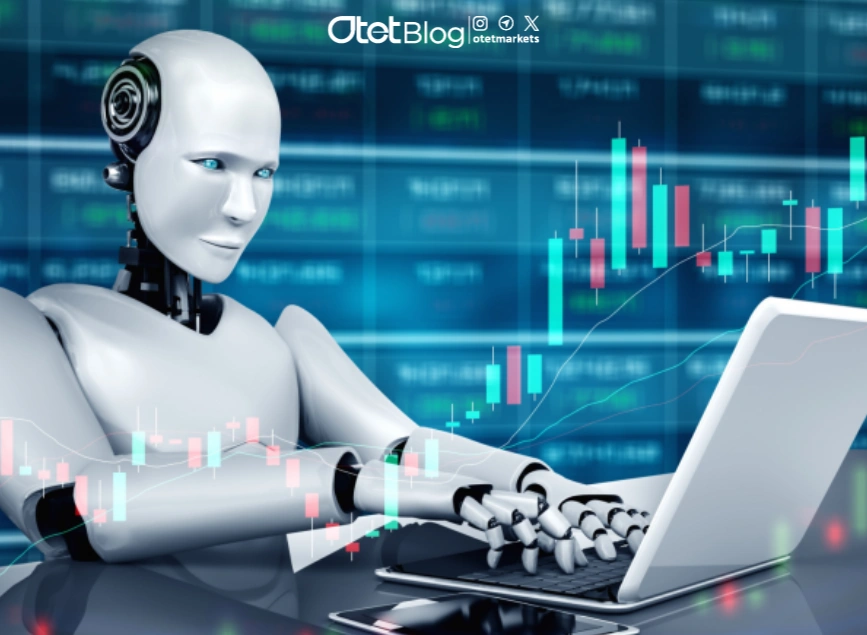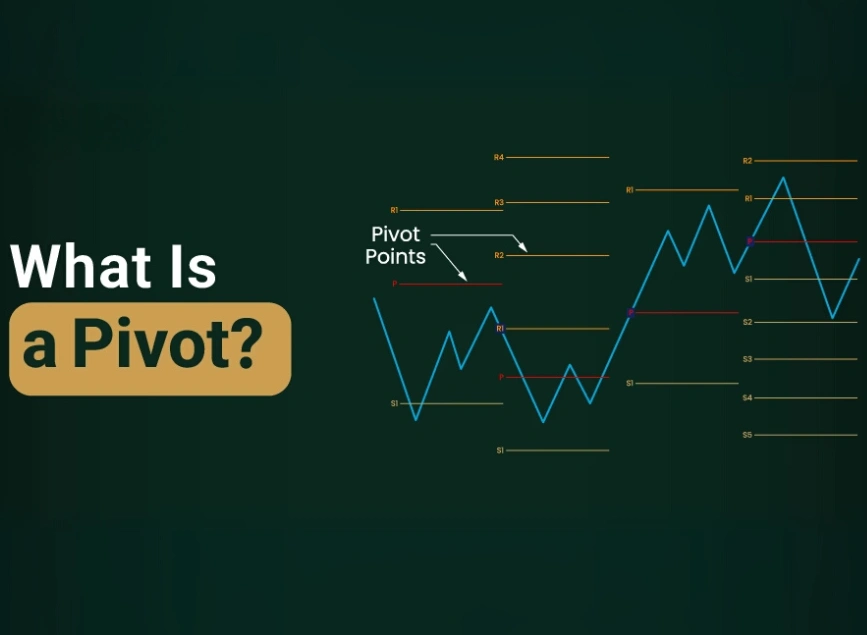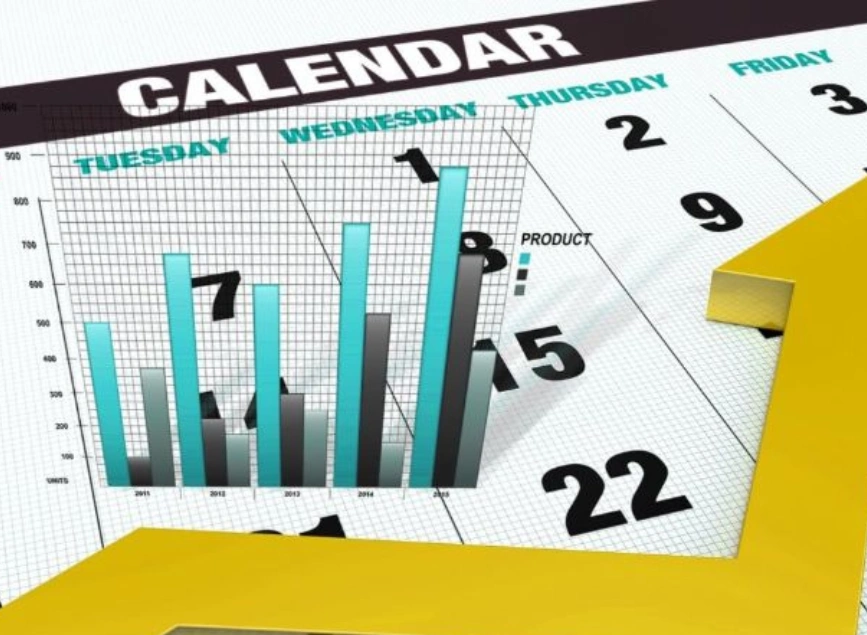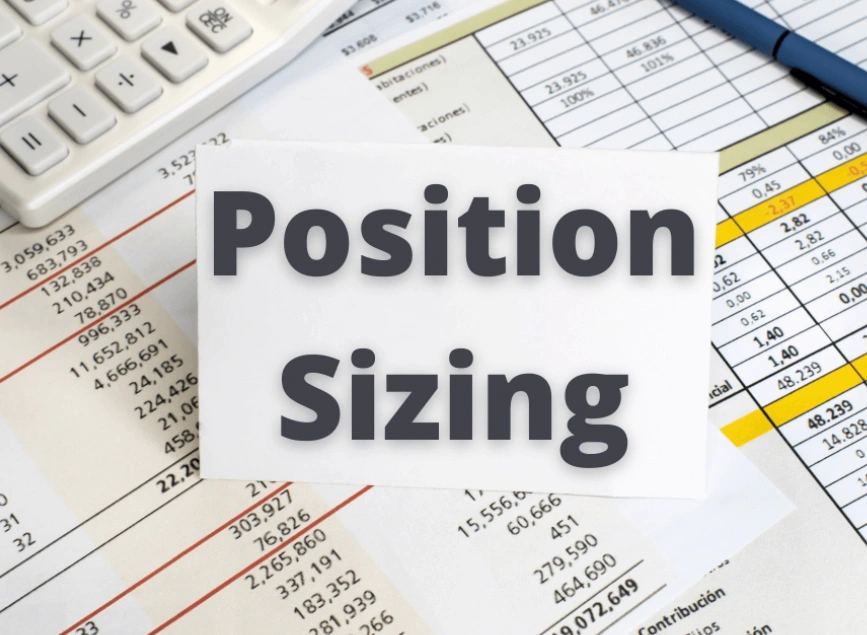
How AI is Revolutionizing Stock Trading & Picking
Estimated reading time: 3 minutes
Table of contents
Over the past decade, artificial intelligence (AI) has evolved from a futuristic concept to a game-changing force in financial markets . How AI is revolutionizing stock trading is evident, whether you’re a day trader, long-term investor, or analyst, AI is transforming how we pick stocks, manage risk, and even avoid disasters like margin calls.
In this blog, we’ll break down:
- How AI supercharges trading strategies
- Real-world examples (Tesla, Bitcoin & more!)
- Why AI beats human emotions in decision-making
- Key risks & how to stay ahead
What is AI Stock Trading? (Tech Breakdown)
AI Stock Trading uses machine learning, big data, and neural networks to analyze markets faster & smarter than any human. Key components:
- Algorithmic Data Analysis – Crunches earnings reports, cash flows, and macro trends.
- NLP (Natural Language Processing) – Scans news, tweets, and CEO statements for sentiment shifts.
- Automated Technical Analysis – Spots patterns (like moving averages & breakouts) in real time.
- Predictive Risk Management – Helps avoid margin calls by optimizing position sizes.
💡 Real-World Example: Hedge funds & retail platforms (like Robinhood & Interactive Brokers) use AI to trade Tesla (TSLA), Nasdaq stocks, and even crypto like Bitcoin!
How AI is Used in Markets Today
📈 Stock Markets
- Finds high-growth stocks (e.g., AI flagged Nvidia before its 2023 rally).
- Analyzes S&P 500 & Nasdaq trends using real-time OECD & Fed data.
💰 Cryptocurrency Trading
- Predicts Bitcoin & altcoin volatility using social sentiment.
- Helps traders dodge flash crashes (like the 2022 LUNA collapse).
💵 Forex & Leveraged Trading
- Optimizes lot sizes to prevent account blowups.
- Monitors margin levels 24/7 to avoid forced liquidations.
⚡ Day Trading & HFT (High-Frequency Trading)
- Executes 1000s of trades per second (way faster than humans!).
- Uses reinforcement learning to adapt to market shifts.
AI vs. Traditional Trading: Who Wins?
| Factor | Traditional Trading | AI-Powered Trading |
|---|---|---|
| Data Processing | Limited by human speed | Millions of data points/sec |
| Emotional Bias | High (Fear & Greed) | Zero emotions 😎 |
| Risk Management | Manual rules | AI predicts margin risks |
| Adaptability | Slow updates | Self-learning models |
👉 Verdict? AI dominates in speed, accuracy, and discipline.
Pros & Cons of AI Trading
👍 Advantages
✔ Faster, data-driven decisions (no more “gut feeling” trades).
✔ Removes emotional mistakes (like panic-selling).
✔ Predicts risks (e.g., margin calls, flash crashes).
✔ Finds hidden opportunities (AI spotted Bitcoin’s 2020 rally early).
👎 Challenges
❌ Needs massive data & computing power (not cheap!).
❌ Over-optimization risk (works in backtests, fails in real markets).
❌ Algorithmic herding (can worsen crashes, like the 2020 “Flash Crash”).
Read More: Artificial Intelligence in Financial Markets: Jobs and Future
AI’s Impact on Financial Markets
- 📊 More liquidity (faster trades = tighter spreads).
- ⚡ Fewer human errors (but new risks like algo-driven crashes).
- 🛡️ Stricter regulations (OECD & SEC are watching AI trading closely).
Final Takeaways for Traders
- AI is a tool, not a magic bullet – Pair it with a solid strategy.
- Risk management is key – AI helps avoid margin calls & over-leverage.
- Stay updated – Markets evolve, and so should your AI models.
- Human oversight still matters – Always monitor your algorithms!
Share
Hot topics

Will 2026 Be a Turning Point for Crypto Regulation in the U.S.?
The cryptocurrency world is gearing up for a transformative year as a pro-crypto administration, led by Donald Trump, prepares to take charge in the United States. With a Congress expected...
Read more




Submit comment
Your email address will not be published. Required fields are marked *